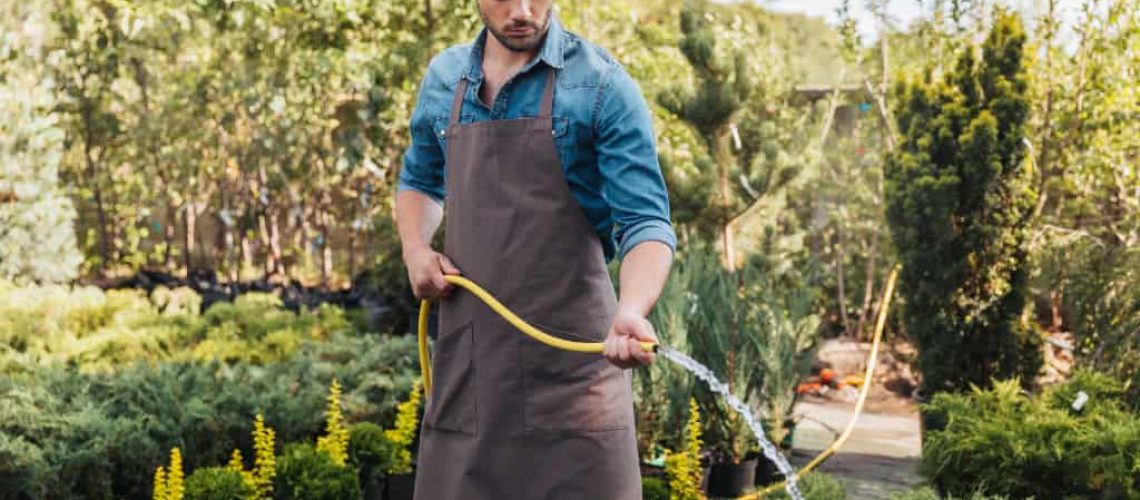Seeing well-manicured lawns and healthy landscape can leave you green with envy. In all likelihood, you might be thinking of following some best practices to get the same results. The good news is that you do not have to be a seasoned landscape artist to achieve such results. Even if you are a beginner, you can make your lawn eye-catching. All it takes is some lawn care practices that are suitable for the condition of your lawn.
Keep your soil moist
This step is essential to ensuring that your plants grow well. In keeping your soil moist and reducing erosion, you need to mulch your landscape and garden beds. While it might be tempting to pile mulch against tree trunks and plants stems, this is not a good practice as it will cause rotting. You should also follow the required amount of mulch so you can get the best result.
Follow the proper watering schedule
If you are new to landscape maintenance, you might be under the impression that not adhering to a watering schedule will not cause any harm to your plants. This is not the case. You have to follow the right schedule so your plants can fully benefit from the watering routine. In most cases, your plants will thrive if you water them early morning or late evening because these are the times when the wind speeds and temperatures are low. Having the lowest temperature will reduce water loss due to evaporation. When it comes to water restrictions, the rules may vary from state to state. The watering schedule may be one day per week or two days per week. Landscape experts may advise you to avoid watering plants from 8 AM to 6 PM.
Set your timer
It is easy to forget about your watering schedule when you are busy all throughout the day. While this is understandable, not keeping abreast of your watering schedule can make your plants suffer. A healthy yard should get enough water. You can stick to your schedule by setting your timers. The schedule you set will depend on the season. If rainfall is not a frequent visitor in your area, you should watch out for signs of wilting. You will need to increase the amount of water especially for some types of plants that are not drought resistant.
Keep your irrigation system well-maintained
You will need to calibrate your irrigation system so you continue to get access to the recommended amount of water for your lawn. The water that your irrigation produces may vary depending on the area being watered and the type of irrigation system you installed.
Check the position of your sprinklers
You will also have to check the sprinklers to make sure that the water lands on the grass and plants and not on the cemented or paved areas. The rule of thumb is to leave about 3/4 inch of water in each water session. You can determine if your sprinkler is within range by placing an empty can or cup around your yard. Turn on your sprinkler for approximately 30 minutes so you can measure the amount of water that you have collected in each cup or can. Find out if cups/cans have collected 3/4 inch of water as it is an indicator of the length of time you need for containers to collect the required amount of water. If the containers have collected more than 3/4 inch of water, you need to adjust the time it will take to fill the container with the recommended amount as it might be less than 30 minutes. This is an important step to follow in your watering session.
Utilize rainwater
You do not have to use water from sprinklers and irrigation all the time. You can also make the most out of rainwater. You can collect it so you will have enough supply for dry spells.
Follow recommended grass height
When mowing your lawn, you should identify the right height because very short grass can cause growing roots to have less energy, causing the root system to become shallow. You need grass with deeper roots so they become drought-resistant.
If you are unsure of the recommended mowing heights and root systems, get in touch with a landscape specialist for more information.


